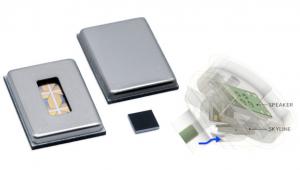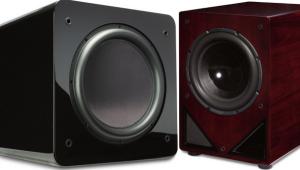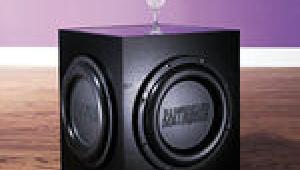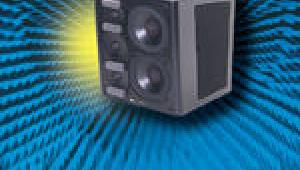Are You Putting Subwoofers Behind the Viewer?
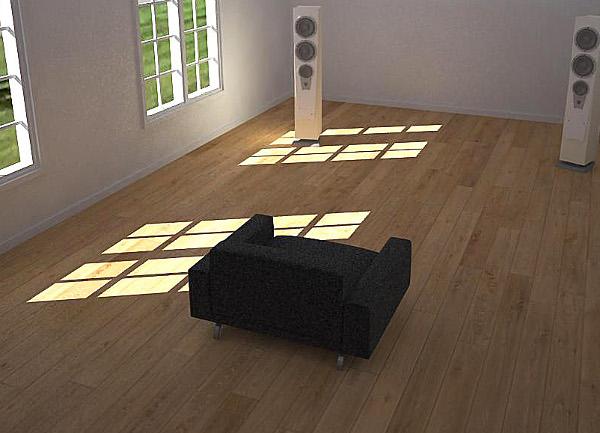
 Patrice Congard, founder and CEO of U.K.-based Screen Audio Excellence, discusses subwoofer placement and the potential pitfalls of phase cancellation in the latest installment of an ongoing tech series, published here with his permission.
Patrice Congard, founder and CEO of U.K.-based Screen Audio Excellence, discusses subwoofer placement and the potential pitfalls of phase cancellation in the latest installment of an ongoing tech series, published here with his permission.
There is a widely documented trend in the high-performance niche to install four subwoofers instead of one or two, with a specific purpose aimed at reducing the effect of room modes on the frequency response.
Typically, it is recommended to place one subwoofer in each corner of the room or one subwoofer next to the middle of each wall. The advantage of these layouts is that they provide a generally smoother and more even frequency response, especially when the measurement is averaged in 1/3 octave.
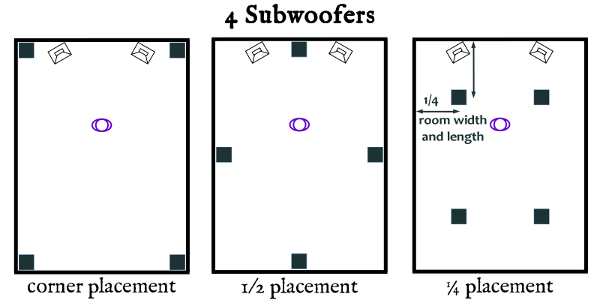
The main principle here is that with lots of variances in the arrival times of low-frequency sound waves, there are lots of phase cancellations that multiply due to discrete reflections and room modes. This has some similarity with the room behavior above what is known as the “Schroeder Frequency,” where there are so many reflections that you cannot identify any specific one because they all merge in reverberation.
The idea is appealing, but it only focuses on one type of measurement. How does it translate in reality?
Not too well as it turns out.
The first concern is the arrival times of those waves. If the room is square (not recommended), then the four waves will reach the central position at the same time, but at any other position there will be a time difference. If the sound is sustained (like a bass note warning viewers that something scary is about to happen), the “warning” is perceived.
However, if the sound is essentially transient (like a blast in an action movie or a kick drum in a concert), then it will be perceived as… strange! You get four successive wave fronts instead of one.
It might be possible to fix this by making adjustments in delay. If the difference travelled by the two waves is less than half the wavelength, or “1/2 period,” it should be okay.
However, there is a second concern (shown in the diagram below): In all of these cases, one or more subwoofer(s) are behind the audience.

The subwoofer(s) at the rear cannot be correctly adjusted using time delay because increasing the delay only moves it away from the subwoofer(s) up front. This creates a phase cancellation between the subwoofer(s) in the back of the room and those in the front.
The good news is, researchers have derived an elegant solution from this scenario: Using subwoofers for active absorption. The concept can best be described by imagining a wall of sound (plane wave) that travels from the front of the room to the rear of the room but never comes back. No room mode at all in this case!
Achieving this has been imagined, modelled and experimented by Adrian Celestinos and Sofus Nielsen. The method, described in the Journal of the Audio Engineering Society is named CABS (Controlled Acoustic Bass System). Home Theatre geeks also call it DBA, or “Double Bass Array.”
How does this work?
Simply put, the rear subwoofer(s) reproduce a mirror image of the wave reaching them, by means of a delay and a polarity inversion, and their level is adjusted to match the level of the wave arriving at the rear wall. In other words, when the front wave arrives, the rear subwoofer(s) produce an exact mirror image wave that cancels it at all of the relevant frequencies.
There are a few constraints to achieve this:
1. The front and rear subwoofers must be the same (a different phase response would jeopardize the whole solution)
2. The layout and positioning of the rear subwoofer(s) need to be symmetrical to the front one
3. The level has to be measured at the position where the wave is to be cancelled, and the rear subwoofer(s) must produce the same level at this position.
4. The delay of the rear subwoofer(s) has to be thoroughly adjusted, otherwise the cancellation might not occur at the position where it is needed (at the rear wall)
Celestino and Nielsen have done their experiments with four subwoofers, not more than the trendy high-end layout, and have been offering a much-improved result, not only in the frequency domain, but also in the time domain.
How about separating the L/C/R bass from the LFE in this case? Well, it’s simple but costly: Use eight subwoofers, four for the LFE and four for the L/C/R bass. — an approach that takes us from the high-performance domain to the very high-end
When all is said and done, I’d say, phase cancellations can be used after all!
